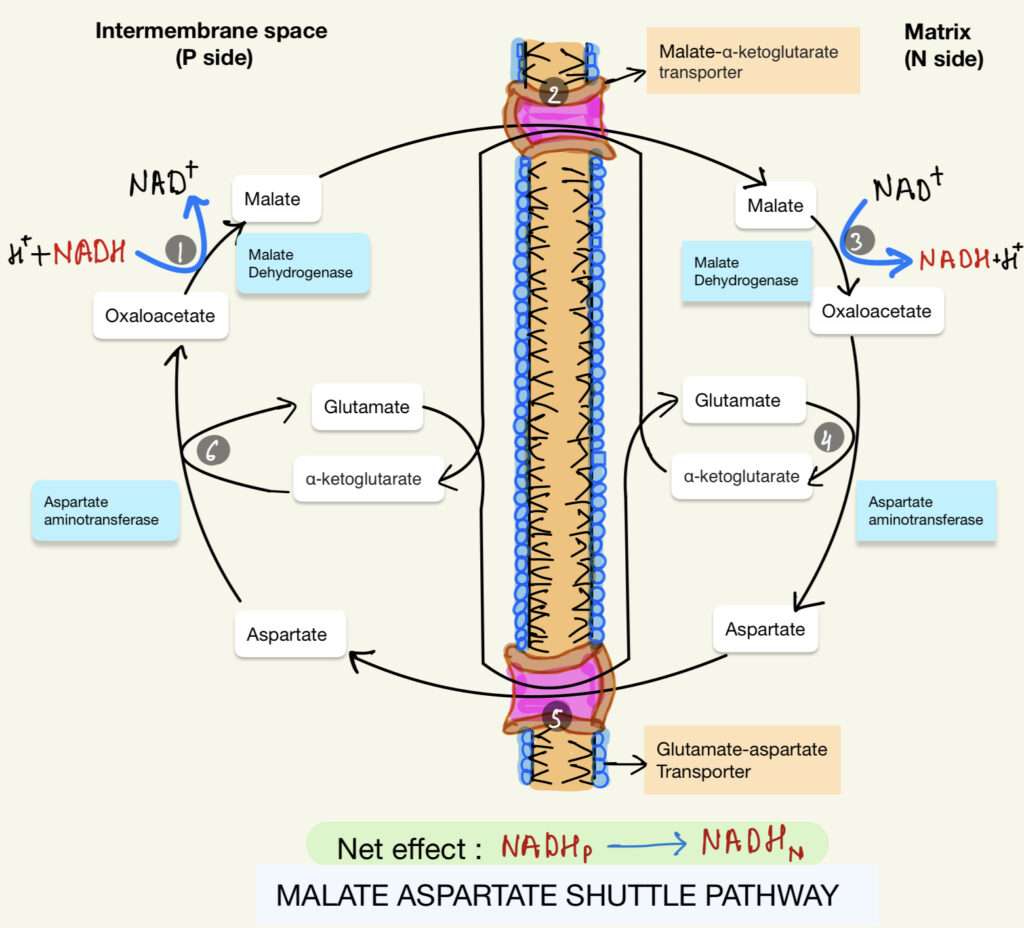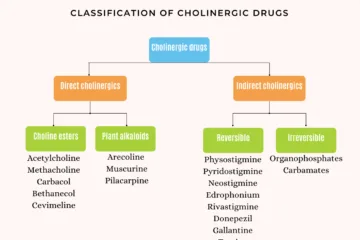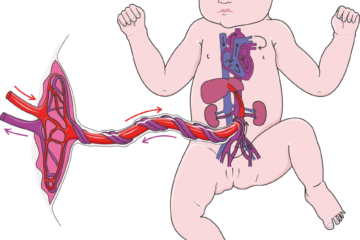INTRODUCTION
Malate aspartate shuttle is the most active NADH shuttle, which functions in liver, kidney, and heart mitochondria. It is a biochemical system for translocating electrons produced during glycolysis across the semipermeable inner membrane of the mitochondria for oxidative phosphorylation in eukaryotes.
Why is it required ?
It is required because the NADHD hydrogen is of the inner mitochondrial membrane of animal cells can accept electrons only from NADH in the matrix. Since the inner membrane is not permissible to NADH special shuttle systems are required which can carry reducing equivalents from cytosolic an idiot into mitochondria by an indirect route.
COMPONENTS OF MALATE ASPARTATE SHUTTLE
- Malate dehydrogenase in the mitochondrial matrix and intermembrane space.
- Aspartate aminotransferase in the mitochondrial matrix and intermembrane space.
- Malate-alpha-ketoglutarate antiporter in the inner membrane.
- Glutamate-aspartate antiporter in the inner membrane.
MECHANISM
The reducing equivalent of cytosolic NADH are first transferred to cytosolic oxaloacetate to yield millet, catalysed by cytosolic malate dehydrogenase. The malate thus formed passes through the inner membrane via the malate-alpha-ketoglutarate transporter. Within the matrix, the reducing equivalents are passed to NAD+ by the action of matrix malate dehydrogenase, forming NADH ; this NADH can pass electrons directly to the respiratory chain. About 2.5 molecules of ATP are generated as this pair of electrons passes to O2. Cytosolic oxaloacetate must be regenerated by transamination reactions and the activity of membrane transporters to start another cycle of the shuttle.
PATHWAY OF MALATE ASPARTATE SHUTTLE

STEP 1 : Transport of NADH – nADH in the cytosol enters the inter-membrane space through opening in the outer membrane (porins), then passes two reducing equivalents to oxaloacetate, producing malate.
STEP 2 : Transport of malate – Malate crosses the inner membrane via the malate-alpha-ketoglutarate transporter.
STEP 3 : Oxidation of NADH – In the matrix, malate passes to reducing equivalent to NAD+, And the resulting NADH is oxidized by the respiratory chain ; the oxaloacetate formed from malate cannot pass directly into the cytosol.
STEP 4 : Transamination of oxaloacetate – Oxaloacetate is first transaminated to aspartate.
STEP 5 : Transport of aspartate : Aspartate can leave via the glutamate-aspartate transporter.
STEP 6 : Regeneration of oxaloacetate – Oxaloacetate is regenerated in the cytosol, completing the cycle, and glutamate produced in the same reaction enters the matrix via the glutamate aspartate transporter.
FACTORS INFLUENCING SHUTTLE ACTIVITY
- Malate Dehydrogenase (MDH) and Aspartate Aminotransferase (AAT) Activity: The activity of enzymes involved in the shuttle, particularly MDH and AAT, can be influenced by factors such as enzyme concentration, co-factors, and post-translational modifications.
- NADH/NAD+ Ratio: The ratio of NADH to NAD+ within cellular compartments influences the activity of the Malate-Aspartate Shuttle. An increased NADH/NAD+ ratio in the cytoplasm can stimulate the shuttle to transfer reducing equivalents to the mitochondria.
- Cellular Oxygen Levels: The Malate-Aspartate Shuttle is more active under aerobic conditions when oxygen is available for oxidative phosphorylation in the mitochondria. Under anaerobic conditions, alternative shuttles may be more prominent.
- Cellular Redox Status: Cellular redox signaling pathways may influence the Malate-Aspartate Shuttle. Redox-sensitive proteins and signaling cascades can modulate shuttle activity in response to changing cellular conditions.
This shuttle for transporting, reducing equivalents from cytosolic NADH into the mitochondrial matrix is used in liver, kidney and heart.
FOR BIOCHEMISTRY SECTION VISIT – https://medmaps.in/category/notes/biochemistry/
GET CONNECTED TO US ON OUR INSTAGRAM PAGE – https://www.instagram.com/medmaps.in/



0 Comments